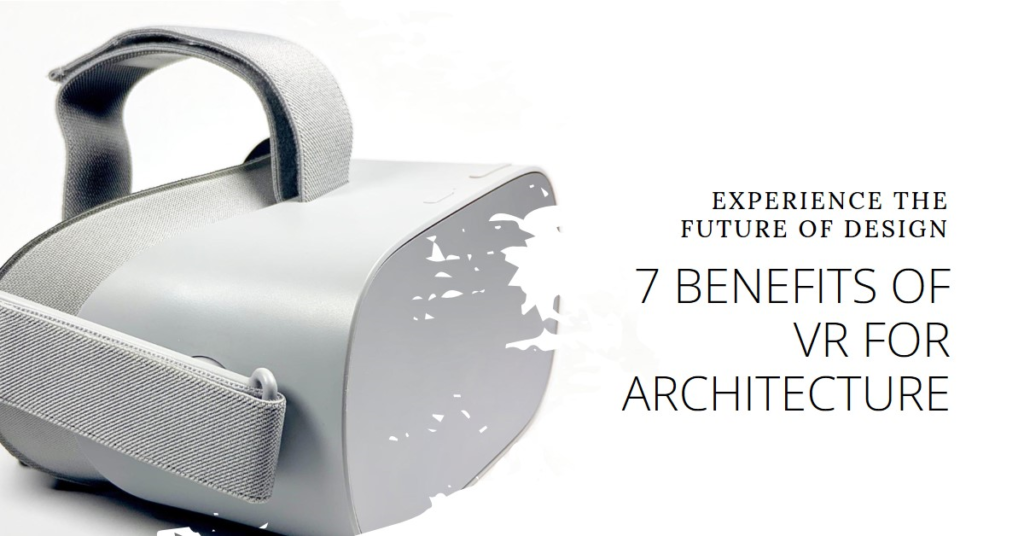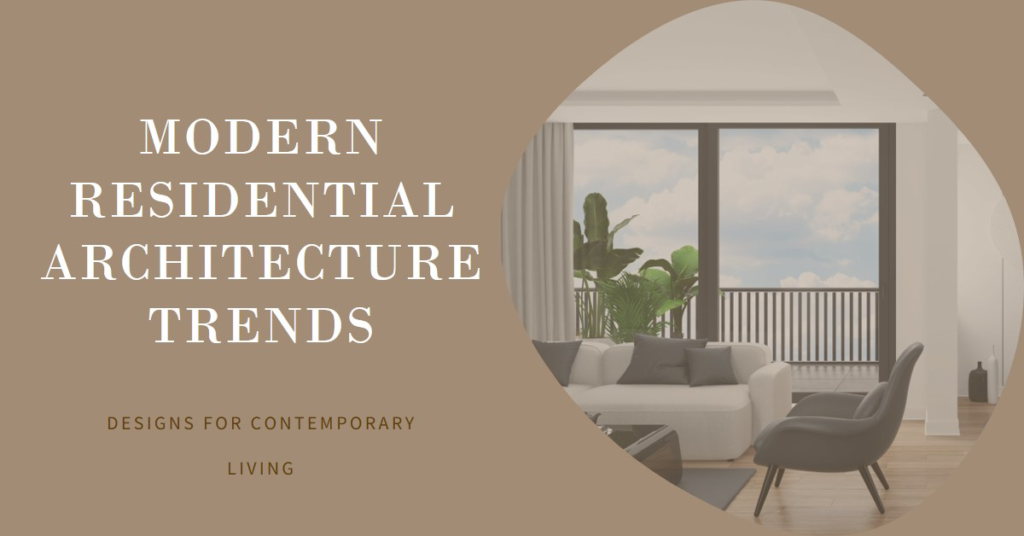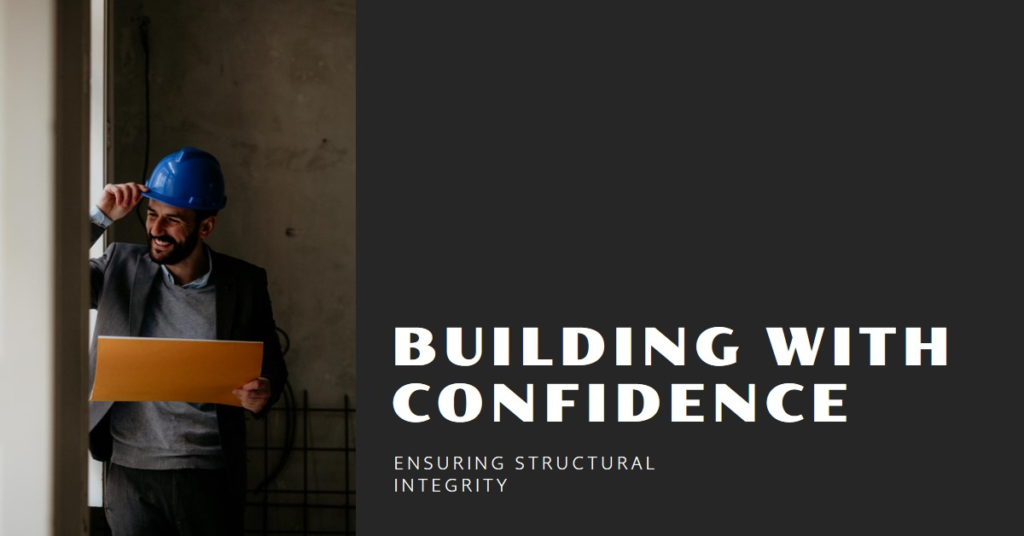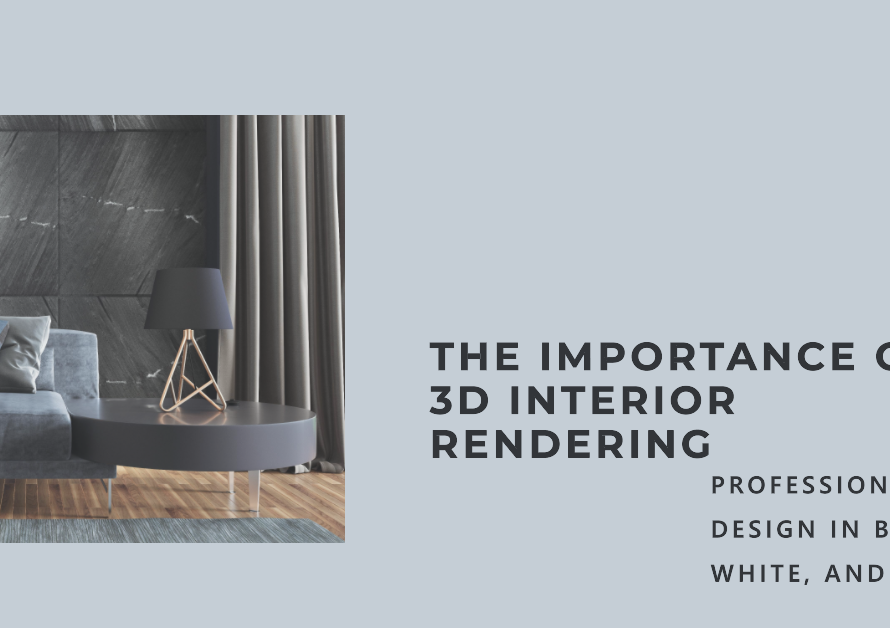
Table of Contents
In recent years, Virtual Reality (VR) technology has made significant strides in revolutionizing various industries, and architecture is no exception. Architects and designers are increasingly turning to VR as a powerful tool to enhance their workflows and deliver exceptional results to clients. From immersive design experiences to streamlined collaboration, the benefits of VR in architecture are extensive and transformative. Let’s delve into the top 10 advantages that VR brings to the architectural realm.
1. Enhanced Visualization and Design Iteration
VR enables architects to step inside their designs and experience spaces at a human scale before construction begins. This immersive experience goes beyond traditional 2D drawings or static 3D models, allowing designers to detect design flaws, assess spatial relationships, and refine details in real-time. By visualizing designs in VR, architects can explore different materials, lighting scenarios, and furniture layouts, leading to more informed design decisions and iterations.
Moreover, VR promotes a more interactive design review process with clients and stakeholders. Instead of relying on abstract concepts or blueprints, architects can invite clients to virtually walk through proposed spaces, gaining valuable feedback early in the design phase. This collaborative approach fosters clearer communication, reduces misunderstandings, and ensures that the final design aligns with the client’s vision and expectations.
2. Immersive Client Presentations with VR
Gone are the days of static presentations with flat renderings or physical models. VR transforms client presentations into captivating immersive experiences that showcase designs in a way that traditional methods cannot match. Clients can wear VR headsets and explore every corner of a proposed building, experiencing the scale, proportions, and ambiance as if they were physically present. This level of immersion not only impresses clients but also helps them make more informed decisions about design elements, leading to greater satisfaction with the final outcome.
During VR presentations, architects can dynamically modify design elements based on client feedback in real-time. Whether it’s adjusting room layouts, changing materials, or exploring alternative design options, VR empowers architects to demonstrate flexibility and responsiveness, fostering stronger client relationships and trust throughout the project lifecycle.
3. Accurate Spatial Analysis and Planning
One of VR’s powerful capabilities is its ability to simulate real-world spatial experiences with remarkable accuracy. Architects can leverage VR to conduct detailed spatial analyses, such as evaluating circulation patterns, assessing sightlines, and optimizing space utilization. By immersing users in virtual environments, architects can identify potential design conflicts early, leading to more efficient floor plans and optimized spatial arrangements.
Furthermore, VR facilitates complex simulations such as natural lighting studies and acoustical analyses. Architects can simulate different times of day or seasons to understand how natural light interacts with interior spaces, aiding in daylight optimization and energy efficiency strategies. Similarly, VR simulations can assess sound propagation within spaces, crucial for designing acoustically comfortable environments such as auditoriums or offices.
4. Streamlined Collaboration Across Teams
Effective collaboration is key to successful architectural projects involving multiple stakeholders, including architects, engineers, interior designers, and clients. VR platforms provide a centralized virtual space where team members can collaborate seamlessly regardless of their physical locations. Through VR meetings and design reviews, team members can discuss design iterations, share feedback, and make decisions in real-time, promoting efficient workflows and reducing communication barriers.
Additionally, VR collaboration fosters inclusivity by enabling stakeholders to experience designs firsthand regardless of their technical expertise. Engineers can assess structural components, interior designers can evaluate material finishes, and clients can provide feedback on spatial layouts, creating a holistic design review process that considers diverse perspectives and requirements.
5. Cost-effective Design Evaluation and Prototyping
Traditional architectural prototyping often involves time-consuming and costly processes such as physical model making or full-scale mockups. VR significantly reduces these expenses by offering virtual prototyping capabilities that mimic real-world experiences without the need for physical materials. Architects can create virtual prototypes of buildings, interiors, or landscapes and test design ideas extensively before committing to physical construction.
Moreover, VR allows architects to simulate various environmental conditions such as different weather scenarios or site contexts, helping assess design performance across different contexts. This comprehensive evaluation helps identify potential design challenges early, minimizing costly revisions during the later stages of the project and ultimately saving time and resources.
6. Realistic Material and Lighting Simulation
The ability to simulate realistic materials and lighting conditions is a game-changer in architectural visualization, and VR excels in this aspect. Architects can integrate high-fidelity material textures into VR environments, allowing clients and stakeholders to experience the look and feel of different materials such as wood, concrete, or glass in realistic lighting conditions.
By accurately simulating natural and artificial lighting, architects can evaluate how light interacts with architectural elements throughout the day or under specific lighting setups. This level of detail not only enhances design presentations but also facilitates informed decisions regarding material selection, color schemes, and lighting design strategies, ensuring that the final built environment meets both aesthetic and functional requirements.
7. Efficient Design Communication with Contractors
Collaborating effectively with construction contractors is crucial for translating design intent into built reality. VR bridges the gap between design vision and construction execution by providing contractors with immersive insights into design details, sequences, and spatial relationships. Contractors can virtually explore building components, construction phasing, and assembly processes, identifying potential construction challenges or conflicts early in the project lifecycle.
Furthermore, VR enables architects to create interactive construction sequencing simulations, demonstrating how different construction stages unfold in a virtual environment. This visual clarity enhances communication with contractors, promotes accurate cost estimations, and helps streamline construction workflows, reducing errors and delays during the building process.
8. Sustainable Design Analysis and Optimization
Sustainability is a paramount concern in modern architecture, and VR tools play a significant role in evaluating and optimizing sustainable design strategies. Architects can simulate environmental performance metrics such as energy consumption, thermal comfort, and daylighting efficiency within virtual environments.
By integrating building performance analysis tools with VR platforms, architects can test design variations and sustainability measures such as passive solar strategies, natural ventilation systems, or green roof implementations. This data-driven approach allows architects to optimize designs for energy efficiency, occupant comfort, and environmental impact, aligning with sustainable building standards and client sustainability goals.
9. Seamless Integration with BIM and CAD Workflows
VR complements Building Information Modeling (BIM) and Computer-Aided Design (CAD) workflows seamlessly, enhancing the overall design and documentation process. Architects can import BIM models or CAD drawings into VR environments, maintaining design accuracy while leveraging VR’s immersive capabilities for design exploration and validation.
Moreover, VR enables synchronized data visualization, where changes made in the BIM or CAD models reflect instantly in the VR environment, ensuring design coherence across platforms. This integration streamlines design iterations, enhances coordination between design disciplines, and improves data interoperability throughout the project lifecycle, from conceptual design to construction documentation.
10. Enhanced Client Engagement and Marketing


Lastly, VR technology serves as a powerful marketing and client engagement tool for architectural firms. By offering virtual tours and interactive experiences of completed projects or proposed designs, architects can captivate potential clients, investors, and the general public, showcasing their design prowess and innovation.
Virtual reality experiences can be accessed through VR headsets or web-based platforms, expanding outreach to a global audience and enabling remote participation in design presentations and project showcases. This immersive engagement not only differentiates architectural firms in a competitive market but also creates memorable experiences that resonate with clients, driving brand recognition and loyalty.
In conclusion, Virtual Reality offers architects a versatile toolkit to enhance design workflows, improve collaboration, and deliver exceptional architectural experiences that align with modern design and sustainability standards. Embracing VR technology empowers architectural professionals to innovate, communicate design intent effectively, and create built environments that inspire and enrich human experiences.
By leveraging VR’s benefits, architects can navigate complex design challenges with confidence, elevate design outcomes, and contribute to shaping a more sustainable and immersive built environment for future generations.


